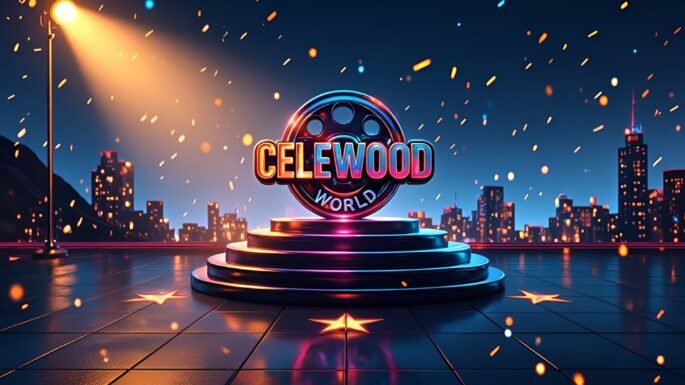Article –
As Hollywood continues to evolve in its storytelling techniques, the 2026 documentary “Deepfaking Sam Altman” emerges as a groundbreaking work that blends technology and narrative in innovative ways. This documentary pioneers the use of deepfake technology to recreate events and perspectives, offering viewers an immersive experience unlike traditional documentaries.
The Rise of Deepfake Technology in Filmmaking
Deepfake technology, which uses artificial intelligence to create highly realistic but synthetic video content, has traditionally been associated with entertainment and disinformation. However, “Deepfaking Sam Altman” showcases its potential as a legitimate tool in documentary filmmaking, enabling filmmakers to:
- Recreate historical figures and moments with unprecedented realism.
- Explore alternative narratives through AI-generated scenarios.
- Enhance engagement by visually demonstrating complex ideas and perspectives.
Innovating the Documentary Format
Unlike standard documentaries that rely on interviews, archival footage, and narration, “Deepfaking Sam Altman” employs AI-generated recreations of key individuals, including Sam Altman himself, to:
- Present multiple viewpoints simultaneously.
- Challenge the audience’s perception of truth and authenticity.
- Provide a dynamic and interactive storytelling experience that provokes critical thinking.
Ethical Considerations and Impact
While the film’s use of deepfake technology opens new creative avenues, it also raises important ethical questions about:
- Consent from the individuals portrayed or their estates.
- Transparency about what is real versus AI-generated content.
- The potential for misuse in altering reality and its implications for documentary integrity.
The filmmakers address these issues by providing clear disclosures and engaging with ethicists to set standards for responsible use.
Looking Forward
“Deepfaking Sam Altman” not only sets a precedent for using AI in documentary storytelling but also invites the industry to reconsider the boundaries of nonfiction cinema. As this technology matures, it promises to enrich the ways stories are told and how audiences connect with real-world topics.

